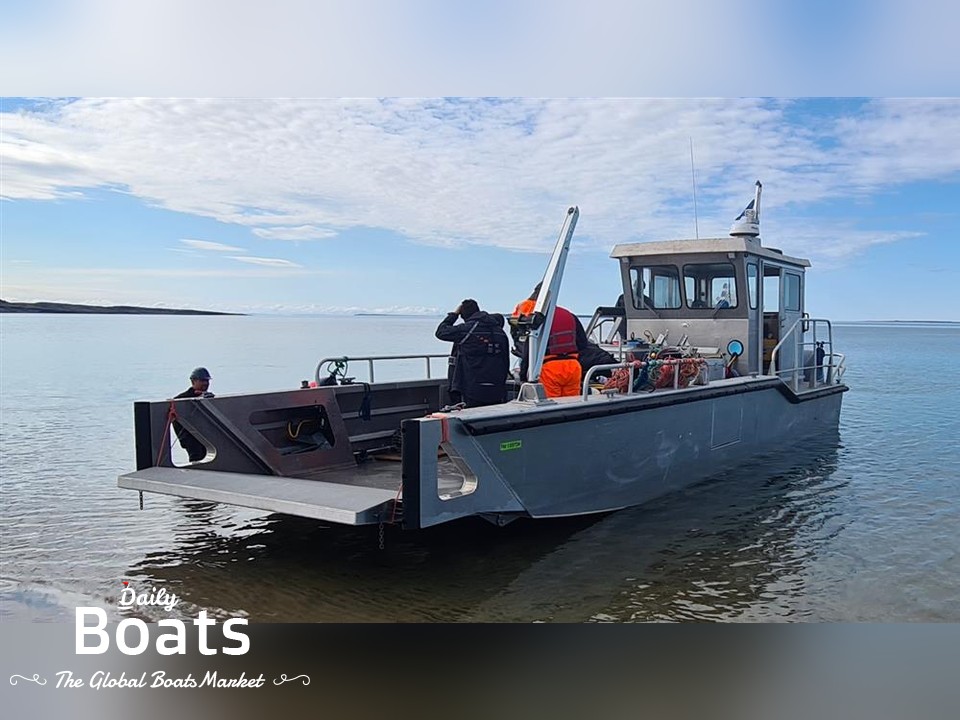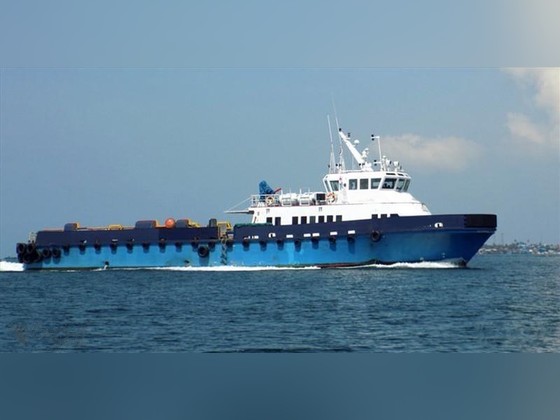Crew boats

The Different Types of Crew boats
Introduction
There are different types of Crew boats depending on their intended use, whether it be offshore or river. Crew boats are used to transport personnel and equipment to and from offshore platforms or vessels, as well as for other general maritime purposes. Offshore Crew boats are designed specifically for use in rough seas, while river Crew boats are more suited for calmer waters. Each type of crew boat has its own benefits that make it ideal for its intended purpose.
The different types of Crew boats
What are Crew boats
A Crew boats are a boats designed to transport personnel and supplies to and from offshore oil platforms, wind farms, or other remote locations. Crew boats come in a variety of sizes and designs, depending on their intended use.
Some Crew boats are purpose-built for specific tasks, such as firefighting or rescue operations, while others are more general-purpose vessels that can be adapted for different uses as needed. Crew boats typically have large open decks for carrying cargo and passengers, as well as a cabin area for the crew.
Most Crew boats are powered by diesel engines, and many are equipped with special features such as cranes or winches to help load and unload cargo.

What are the different types of Crew boats
There are several different types of Crew boats, each designed for specific purposes:
Offshore supply vessels (OSVs) are the workhorses of the offshore oil industry, providing transportation and support services for drilling rigs and production platforms. OSVs come in a variety of sizes, from small utility vessels to large multi-purpose ships capable of carrying hundreds of passengers and tens of thousands of barrels of fuel or other cargo.
Offshore construction vessels (OCVs) are used to construct and maintain offshore oil facilities. OCVs typically have heavy lifting equipment onboard to install topside modules and other large pieces of equipment at offshore locations.
Offshore wind farm service vessels (WSVs) provide transportation and support services for offshore wind farms. WSVs are similar in design to OSVs, but they often have specialized features such as blade-washing systems to clean the blades of turbines.
What are the benefits of Crew boats
Crew boats offer a safe and efficient way to transport personnel and supplies to offshore locations that would be otherwise inaccessible by land or sea. They also provide a vital link between these remote locations and the mainland, allowing for communication and trade between them.
Crew boats for offshore use
What are offshore Crew boats
Offshore Crew boats are specially designed for operations in the open sea. They are typically larger and more robust than other types of Crew boats, with greater cargo capacity and more powerful engines. Offshore Crew boats may also be equipped with additional features such as cranes and winches, to facilitate the loading and unloading of cargo.
What are the different types of offshore Crew boats
There are a variety of offshore crew boat designs, each suited to different purposes and operating conditions. Common designs include monohulls, catamarans, and trimarans. Monohulls are the most traditional type of vessel, and offer good stability and seakeeping ability. Catamarans are typically faster than monohulls, with a shallower draft that allows them to operate in shallow waters. Trimarans have three hulls for improved stability and resistance to waves.
What are the benefits of offshore Crew boats
Offshore Crew boats offer a number of advantages over other types of vessels. They are able to operate in rougher seas, carrying heavier loads and more passengers than smaller craft. Additionally, their larger size makes them less likely to capsize or sink in the event of an accident.
Crew boats for river use
What are river Crew boats
River Crew boats are specially designed for operating in rivers. They typically have shallow drafts and flat bottoms, which allows them to navigate in shallow water. River Crew boats also usually have large engines, which gives them the power to push against the current.
What are the different types of river Crew boats
There are two main types of river Crew boats: passenger boats and cargo boats. Passenger boats can carry up to 100 passengers and are typically used for tourist excursions or transportation between river towns. Cargo boats are larger and can carry up to 500 tons of freight. These boat are used to transport goods up and downriver.
What are the benefits of river Crew boats
River Crew boats offer a safe and efficient way to transport people and cargo in rivers. They can navigate in shallow water and reach areas that other types of vessels cannot. River Crew boats also provide a vital link between remote communities and the outside world.
Conclusion
There are many different types of Crew boats, each with its own benefits. Crew boats can be used for offshore or river operations. Offshore Crew boats are typically larger and more stable, while river Crew boats are smaller and more maneuverable. Both types of Crew boats have their own advantages and disadvantages, so it is important to choose the right type of boat for the job at hand.
Everything You Need to Know About Crew boats
Introduction
If you're involved in the maritime industry, then you've probably heard of Crew boats. But what are they exactly? Crew boats are vessels that are used to transport personnel and supplies to and from offshore oil rigs and other platforms. In this post, we'll give you a brief overview of everything you need to know about Crew boats, including their history, how they're used today, and the different types of vessels that fall under this category.
What are Crew boats
History of Crew boats
Crew boats have been used since the early days of maritime history. They were originally designed to transport crews and supplies to and from ships that were anchored offshore. In the past, Crew boats were often small, slow, and not very seaworthy. This made them unsuitable for long voyages or for carrying large amounts of cargo. Today, Crew boats are much larger and more seaworthy. They are used to transport crews and supplies to offshore oil rigs, wind farms, and other offshore installations.
How Crew boats are used today
Crew boats are used for a variety of purposes including transporting crews and supplies to offshore oil rigs, wind farms, and other offshore installations. They can also be used for passenger transportation, rescue operations, and as research vessels. Crew boats range in size from small open-decked vessels to large multi-decked vessels with enclosed cabins.
What are the different types of Crew boats
Offshore supply vessels
Offshore supply vessels (OSVs) are a type of crew boat used to transport supplies and personnel to offshore oil and gas platforms. OSVs typically have large cargo capacities, and some are equipped with cranes and other lifting gear to load and unload heavy equipment.
Fast Crew boats
Fast Crew boats are specially designed for high-speed transport of personnel and equipment to offshore platforms and other destinations. These boats are usually smaller than OSVs, and they may be fitted with waterjet propulsion systems for even higher speeds.
Crew boats
Passenger/Crew boats are another type of crew boat, typically used for ferrying personnel and equipment between onshore facilities and offshore platforms. These boats usually have passenger areas that are comfortable and spacious, with plenty of room for luggage or other cargo.
Conclusion
Everything You Need to Know About Crew boats
Crew boats are an essential part of the maritime industry, providing transportation for crews and supplies to and from offshore oil rigs, platforms, and vessels. There are different types of Crew boats, each with their own unique features and purpose.
Offshore supply vessels (OSV) are the most common type of crew boat, used for transporting supplies and personnel to offshore oil and gas rigs. Fast Crew boats are smaller and faster than OSVs, typically used for transferring crews between rigs or vessels. Passenger/Crew boats are larger than fast Crew boats and can accommodate up to 50 passengers, making them ideal for shuttling workers to and from larger offshore facilities.
No matter what type of crew boat you need, they all play a vital role in keeping the maritime industry running smoothly. So the next time you see a crew boat out on the water, take a moment to appreciate all that they do!







